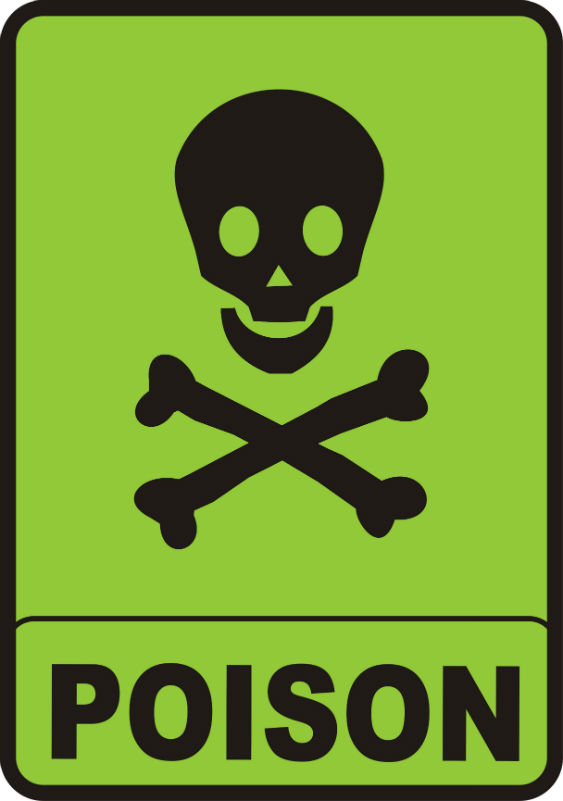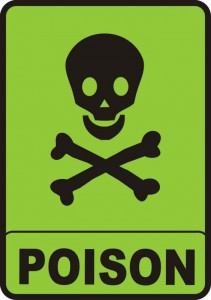A toxic gas, carbon monoxide leaks pose serious dangers to you and your loved ones’ health, including death. The U.S. Consumer Product Safety Commission claims over 200 Americans die each year from carbon monoxide poisoning from malfunctioning heating appliances and venting system issues. Additionally, over 10,000 carbon monoxide-related injuries are reported every year. Preventing these dangers is one of the main reason you should schedule an annual chimney sweeping and inspection from Ace Chimney Sweeps every year. We can find things that cause carbon monoxide to leak into your home, such as a cracked flue liner, a chimney blockage, and problems with the chimney and the connector pipe. Our certified technicians can also repair these issues to protect you against the dangers of carbon monoxide. We would like to tell you more about carbon monoxide poisoning and its health hazards.
What Carbon Monoxide Does to Your Body
Many of us know that too much carbon monoxide in the bloodstream is deadly; however, few understand that even a low-level exposure to this toxic gas can harm your body. Breathing in carbon monoxide is so dangerous because hemoglobin, a protein in your blood, will always latch on to carbon monoxide and ignore oxygen when given the choice between the two.This means your body replaces life-giving oxygen with poisonous carbon monoxide, and this causes the suffocation of cells, with the severity depending on the intensity and duration of the exposure to the toxic gas.
The Trouble with Diagnosing Low-Level Carbon Monoxide Poisoning
With symptoms such as headache, fatigue, dizziness, and nausea, low-level carbon monoxide poisoning is often mistaken as the flu or a common cold, and, unfortunately, it can take some time to make the correct diagnosis. Since low-level carbon monoxide poisoning can cause permanent brain and/or organ damage, diagnosing the problem can be crucial, Also, the longer it is misdiagnosed, the longer the exposure to carbon monoxide. The only way to determine the issue is due to carbon monoxide exposure is a blood test.
Helpful Tips to Distinguish Between Low-Level Carbon Monoxide Poisoning and the Flu or the Common Cold
If you are showing symptoms of carbon monoxide but were diagnosed with the flu or a cold, but two weeks later, you show no improvement, the Chimney Safety Institute of America (CSIA) suggests three questions you should ask yourself about your symptoms:
● Do I have a fever? If your answer is “yes,” you have the flu or a bad cold. Carbon monoxide poisoning will not elevate your temperature, so if your answer is “no,” you should ask your doctor to test the carbon monoxide levels in your blood.
● Do my symptoms improve when I leave the house? If carbon monoxide is leaking into your home, you will feel badly as you are exposed to the toxic gas at home. If your symptoms lessen whenever you are away from your house, most likely you are suffering from low-level carbon monoxide poisoning. Again, ask your doctor to check your blood for carbon monoxide levels.
● Are my pets also getting sick? Cats and dogs are not affected by the flu virus, so if your pets seem ill as well. there is a strong possibility carbon monoxide is leaking into your home.
Keep carbon monoxide out of your house. Contact Ace Chimney Sweeps to schedule your annual chimney cleaning and inspection to protect you from carbon monoxide leaks.


